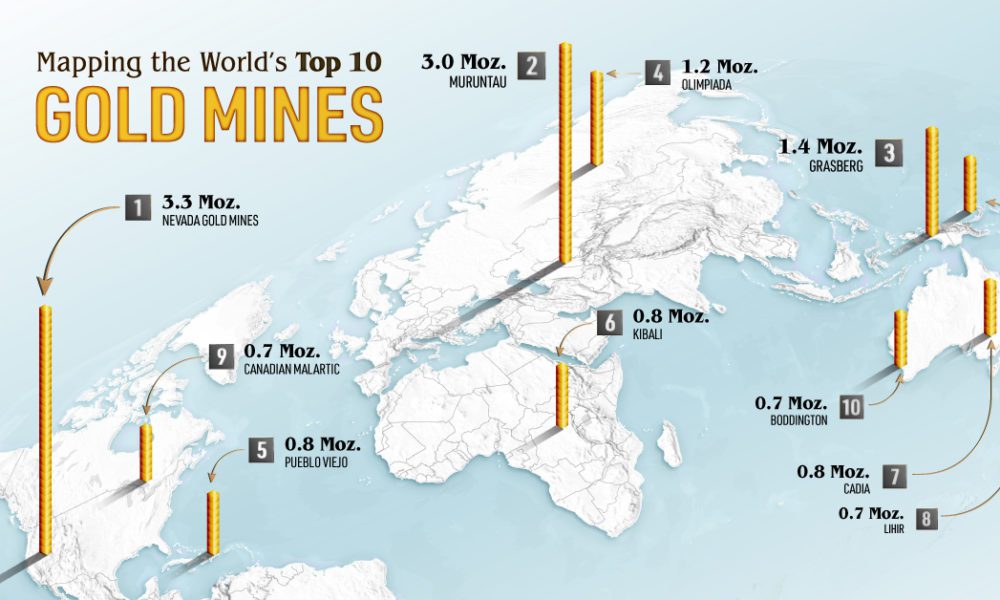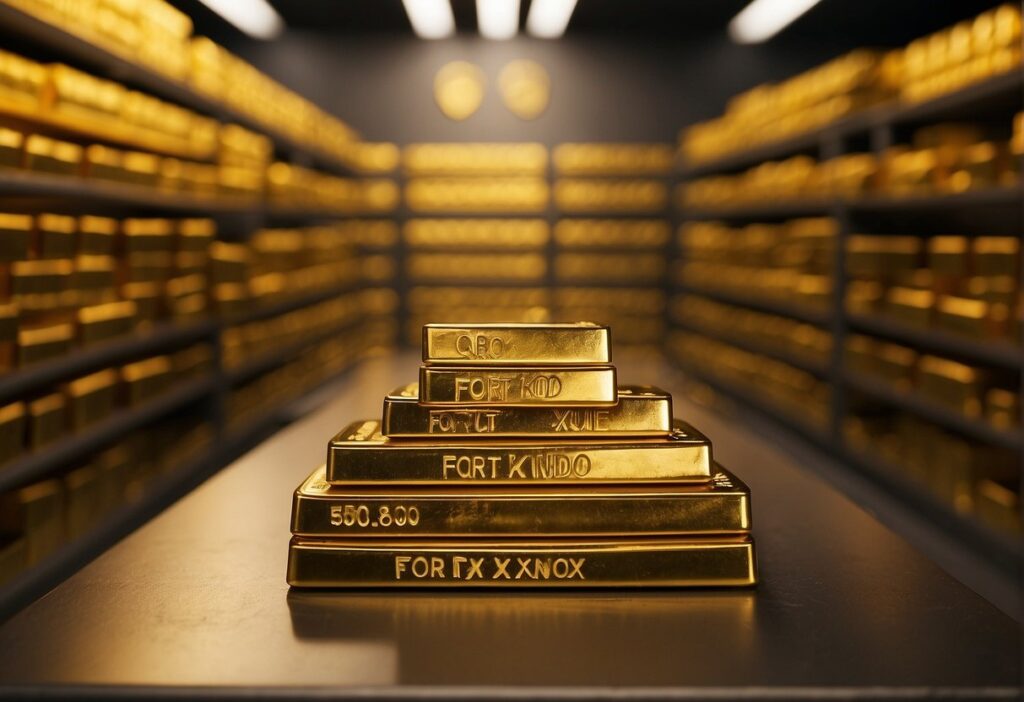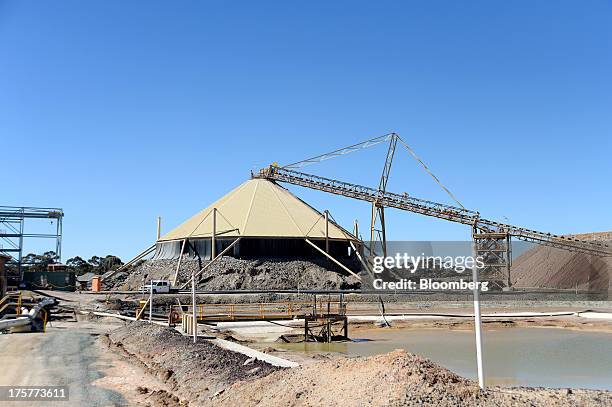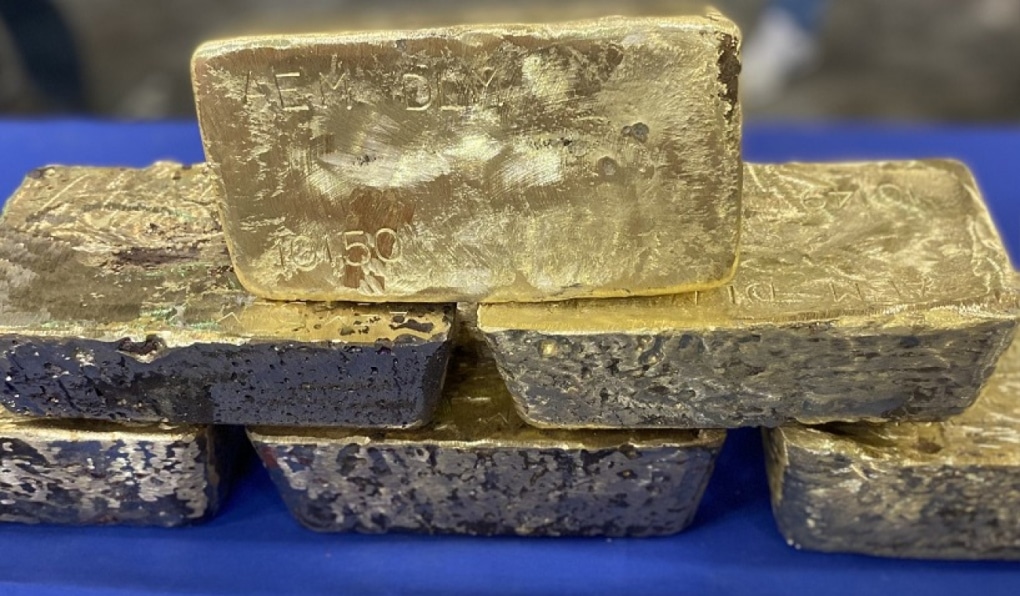Where Is The World's Largest Known Stockpile Of Gold

Imagine stepping into a vault, not just any vault, but one echoing with history and brimming with the concentrated wealth of a nation. The air is cool, the silence profound, broken only by the distant hum of security systems. Row upon row, stacks upon stacks, gleam the bars of gold, their familiar yellow casting a warm glow in the otherwise sterile environment.
This isn't a scene from a heist movie, but a glimpse into the heavily guarded holdings of the world's largest known gold reserve. The question then arises: where is this colossal stockpile of wealth, and what makes it so significant?
The answer, perhaps unsurprisingly, lies within the vaults of the Federal Reserve Bank of New York. This institution holds the lion's share of the world's known official gold reserves, acting as custodian for numerous foreign nations, central banks, and international organizations.
A Fort Knox in Lower Manhattan
While Fort Knox in Kentucky is synonymous with gold storage in the American psyche, the New York Fed actually houses significantly more gold. Located 80 feet below street level in the heart of Manhattan's financial district, the vault is a veritable fortress, drilled deep into the bedrock of the island.
The vault itself is a marvel of engineering and security. Its walls and ceiling are reinforced with steel and concrete, and the entrance is protected by a massive steel cylinder weighing approximately 90 tons.
Access is tightly controlled, requiring multiple individuals with different combinations to unlock the vault's many safeguards. This ensures that no single person has the authority to access the gold independently.
Who Owns the Gold?
It's important to understand that the Federal Reserve Bank of New York doesn't actually own most of the gold it stores. Rather, it acts as a custodian, safeguarding the gold on behalf of its depositors. The majority of this gold belongs to foreign governments and central banks.
This arrangement reflects the historical role of gold in international finance and trade. For decades, gold served as a crucial component of the international monetary system.
Even though the gold standard has largely been abandoned, many nations still maintain substantial gold reserves as a store of value, a hedge against economic instability, and a symbol of national wealth.
The History of the New York Fed's Gold Vault
The gold vault at the Federal Reserve Bank of New York was built in the 1920s, coinciding with a period of significant growth in international trade and financial activity.
As the United States emerged as a dominant economic power after World War I, the New York Fed became a central hub for gold transactions between nations.
Foreign central banks began storing their gold in the New York Fed's vault due to its perceived security, stability, and accessibility.
The Mechanics of Gold Transfers
Moving gold within the vault is a surprisingly low-tech affair. Instead of complex machinery, workers use hand trucks to transport the heavy bars.
Each gold bar is carefully weighed and inspected to ensure its authenticity and purity. The bars are then moved to the appropriate compartment, identified by the owner's name.
Interestingly, when gold is transferred from one account to another, it simply moves from one compartment to another within the vault. The gold never actually leaves the premises.
The Significance of Gold Reserves
Why do countries hold such vast gold reserves? The reasons are multifaceted and often intertwined with economic and geopolitical considerations.
Gold is often seen as a safe haven asset, meaning its value tends to hold up during times of economic uncertainty or financial crisis. Central banks often increase their gold holdings during such periods to bolster confidence in their currencies and economies.
Furthermore, gold can be used as collateral for loans or to settle international debts. It provides a tangible asset that can be readily converted into cash if needed.
Gold as a Symbol of National Wealth
Beyond its economic functions, gold also holds symbolic significance. A nation's gold reserves are often viewed as a measure of its economic strength and stability.
A large gold reserve can project an image of financial prudence and attract foreign investment. It can also provide a sense of security and confidence to a nation's citizens.
In a world of increasingly volatile currencies and complex financial instruments, gold remains a tangible and universally recognized store of value.
A Glimpse into the Future
While the role of gold in the international monetary system has evolved over time, its importance as a store of value and a symbol of national wealth remains undeniable.
The Federal Reserve Bank of New York will likely continue to serve as a key custodian of the world's gold reserves for the foreseeable future.
The massive vault beneath Manhattan stands as a testament to the enduring allure of gold and its central role in the global economy.
As we consider the sheer scale of the gold reserves held within the New York Fed, it's easy to get lost in the abstract numbers. However, each bar represents a history of mining, refining, and ultimately, a nation's hopes for economic security.
The vault, in essence, is a repository of collective trust, a place where nations entrust their wealth to a system designed to safeguard it against the vagaries of the global economy.
And so, the gleam of gold in the depths of Manhattan continues, a silent promise of stability in an ever-changing world, secured within the heavily guarded vaults of the Federal Reserve Bank of New York.


















